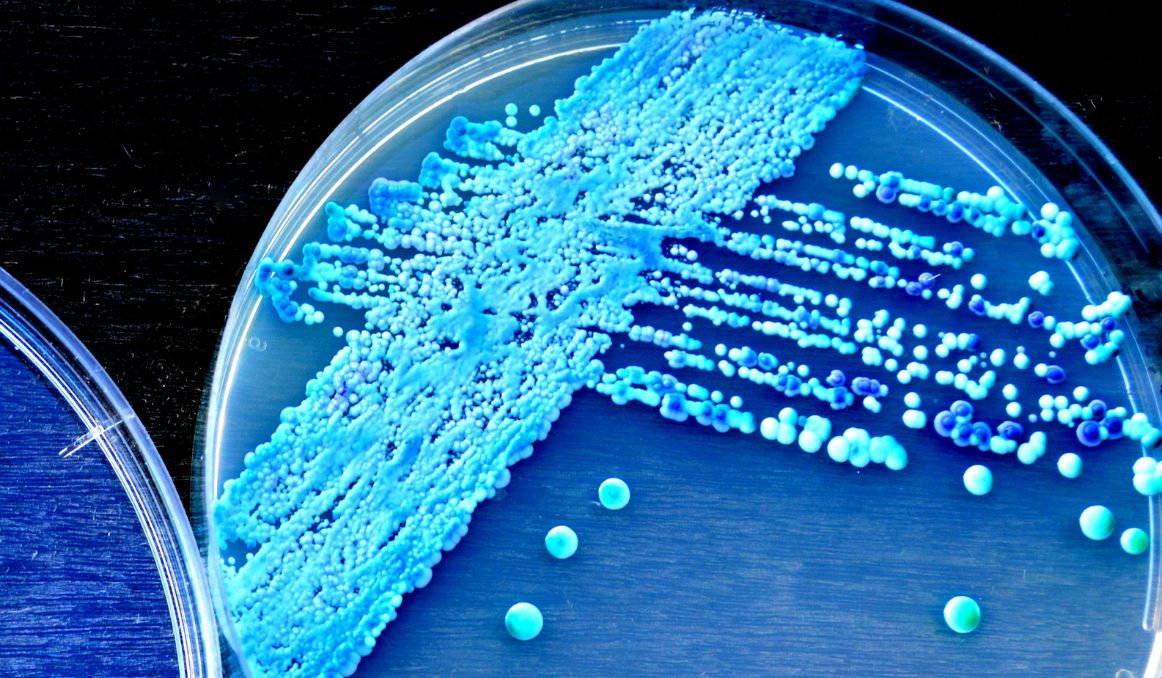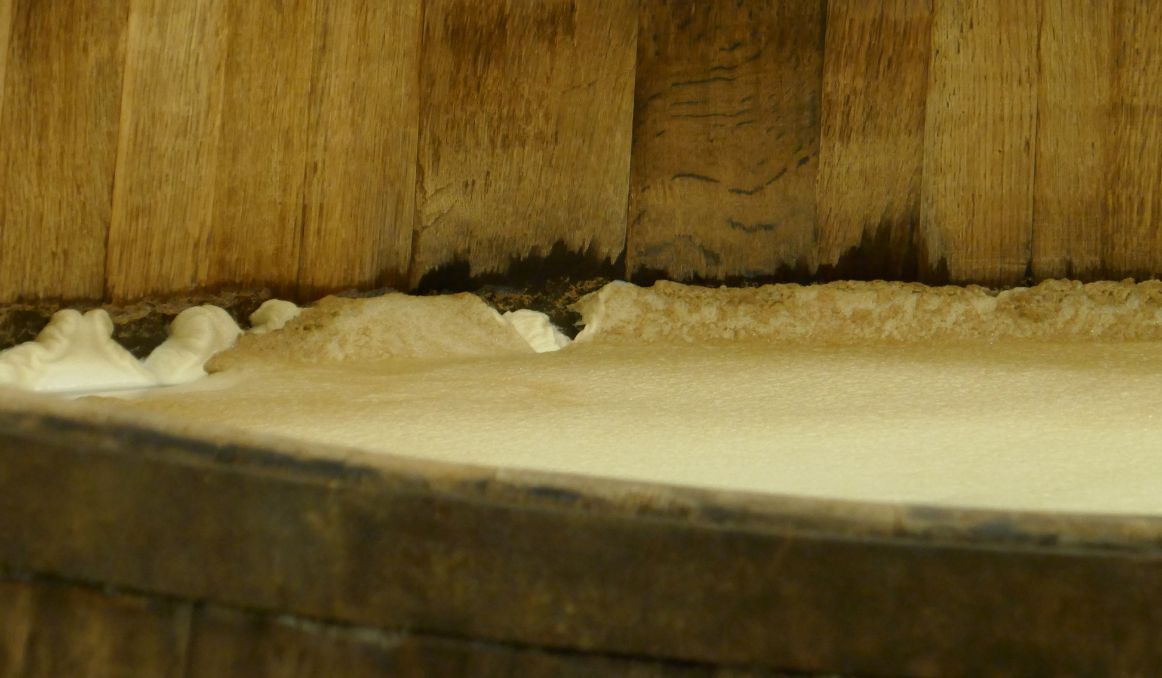What Do Yeast Cells Produce During Fermentation? Your Guide
Most people, when they think of yeast, they think of bread. Maybe cinnamon rolls or buns. Very few people associate yeast with beer and wine. But, in fact, you can make bread without yeast, but you cannot make beer or wine without it. Why? The yeast in bread is what allows it to rise, and there are a wide variety of breads that do not rise. Indeed, unleavened bread has been around for centuries. It is funny, then, that beer is often referred to as “liquid bread” in circles that discuss the roles of yeast in fermentation.
So, what do yeast cells produce during fermentation that makes them so essential to the production of beer?
All About Yeast
Yeast is technically a fungus, believed by some to be the oldest living organism on the planet. It is a single-cell, eukaryotic microorganism. Eukaryotes are organisms whose cells have a nucleus enclosed within a nuclear envelope, as opposed to prokaryotes, which lack a nucleus. While Eukaryotes like yeast make up only a small minority of the total number or organisms on the planet, they are so much larger than prokaryotes that their collective biomass is thought to be approximately equal to their non-nucleus having counterparts.
All of this is to say that yeast is alive. It is alive and it uses organic compounds as sources of energy. Basically, yeast must eat to stay alive and well.

Yeast in Bread
Yeast gets its name from the Old English “gist/gyst” and from the Indo-European root yes-, which means “boil,” “foam,” or “bubble.” That bubbling that occurs is what makes bread rise, and humans have been using yeast to make bread rise for thousands of years.
In bread, when yeast is added, it converts the sugar and the flour to ethanol and carbon dioxide. Carbon dioxide is what makes the bread expand because it cannot escape the dough. During the baking process, most of the ethanol (or alcohol) evaporates into the atmosphere.
All yeast bread does indeed contain a small amount of alcohol, but not enough to inebriate anyone, even if you ate a whole loaf. Most of the alcohol is long gone by the time you make a sandwich.
Yeast in Beer
In beer, yeast plays a slightly different role because of the different process. In bread, yeast is exposed to the air, is trapped in dough, and is baked.
In beer, yeast is added to a grain liquid that may also have fruit and other additives in it and, typically, kept in an airtight container. Indeed, if you add yeast before the boiling process, you will kill the yeast and it won’t ferment for you. Remember, it’s alive, and we want to keep it alive for as long as possible.
Brewing
Put simply, beer is made in a few steps. You grind fresh, malted grain (usually malted barley, but wheat is also common). The grinding process releases the sugars in your grain.
You then add water to your cracked or ground grain and boil it to get those sugars into the liquid.
What you have now is called “wort.”
To this wort, you add hops. Hops are added because your wort is pretty sweet at this stage, and hops are known for their bitterness. Hops add balance.
You can boil again to sanitize your liquid, killing all potential wild yeasts and bacteria you don’t want in your beer.
Now, after a cooking period, you add brewer’s yeast to your wort, at which point your wort becomes beer.
Why?
Because what yeast cells produce during fermentation are alcohol and carbon dioxide.
The Yeast Alcohol Connection

Remember, yeast cells are alive. They consume organic compounds to gain energy to stay alive. When you “pitch” live and active, vital and viable, yeast into wort, it is like pouring hungry fish into a pond of fish food. There’s a feeding frenzy that takes place.
Yeast cells love sugar, and when you dump them into a vat of sugary wort, they get to work, eating up all the sugar. In that consumption process, they convert that sugar to alcohol and carbon dioxide, and they multiply.
They create more yeast cells, which consume more sugar and create more alcohol and carbon dioxide.
It has also been found that in that consumption process yeast cells produce many of the flavors and aromas we have come to know and love in beer.
These hundreds of “secondary metabolites” come in all types of flavors and aromas, depending on the yeast strain, so choosing your yeast when brewing can have a dramatic effect on the outcome of your beer.
The longer you allow your beer to ferment, the higher the concentration of alcohol will be as yeast continues to consume the remaining sugars in your wort and convert them to still more alcohol until ultimately the alcohol kills off the yeast.
Flocculation
You can also choose from among yeast that will flocculate quickly, “high,” versus flocculating slowly, “low.” Flocculation refers to yeast cells’ tendency to aggregate in wort and beer. The faster the flocculation (and high flocculation is typically faster), the more likely the yeast is to leave behind some unfermented sugars. Whereas if you have a lower flocculation, the yeast lives longer and tends to stay in suspension longer.
You will usually find this in wheat beer strains meant to finish “hazy” with yeast.
Choose Your Yeast Wisely
In the end, it is up to the brewer to decide which strain of yeast they want, largely based on flocculation and flavor and aroma profiles. Do not be afraid to experiment with various types of commercial brewer’s yeast, to allow in a little wild yeast for some sour beer, or even to allow bacteria access to your wort for some wild flavors.
As long as you’ve got some yeast, you’ll get some beer. It will be up to you to decide what kind of beer you want.
Happy brewing!
Passionate about the beer and/or wine making process? So are we! If you’re interested in finding out how you can use our technology to control fermentation and monitor your yeast, save work hours and improve the cost-efficiency of your business, drop us a line at [email protected] or check out our product pages:
- Oculyze BB 2.0 (Better Brewing) Yeast Cell Counter App + Hardware
- Oculyze FW (Fermentation Wine) Yeast Cell Counter App + Hardware
Also, you can now get access to a fully functional demo account to test our Web App. Completely free of charge and with no commitment to purchase.
Sources:
- Sergi Maicas, The Role of Yeasts in Fermentation Processes, Microorganisms, 2020
- Luisa Alba-Lois, Ph.D. & Claudia Segal-Kischinevzky, M.Sc., Yeast Fermentation and the Making of Beer and Wine, 2010 Nature Education
- Marika H. Straver, Paul C. V. D. Aar, Gerrit Smit, Jan W. Kijne, Determinants of flocculence of brewer’s yeast during fermentation in wort, Wiley Online Library, 1993
- https://grainfather.com/beer-fermentation-process/


